Grande Galerie du Louvre
Grande Galerie du Louvre
© Bibliothèque Nationale de France
FRA
à proximité de Paris
Cliquez pour afficher la carte
Télécharge images...

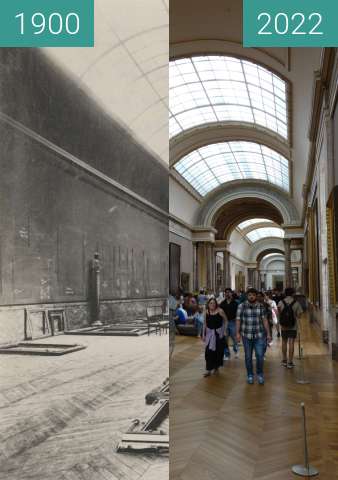
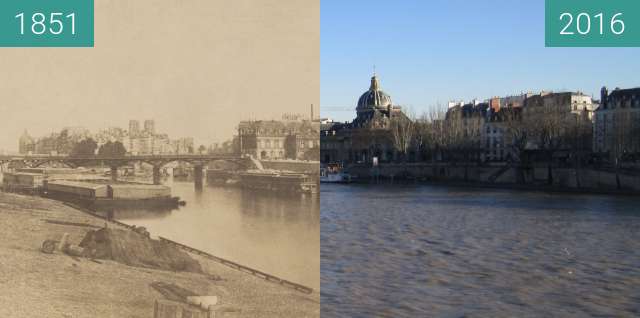
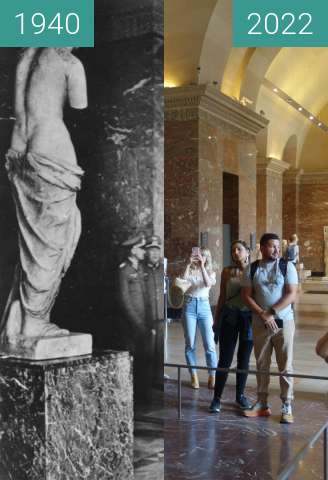
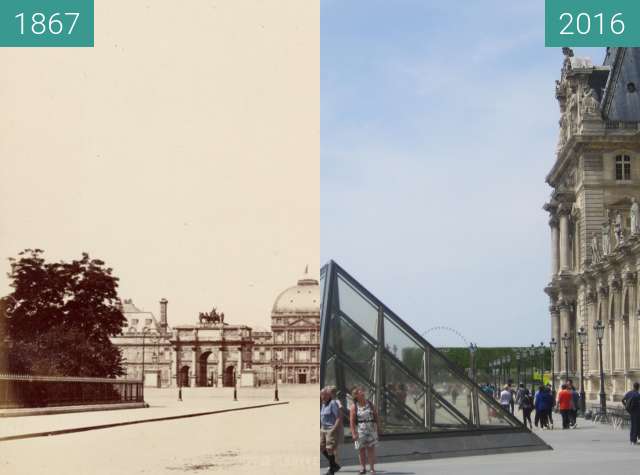
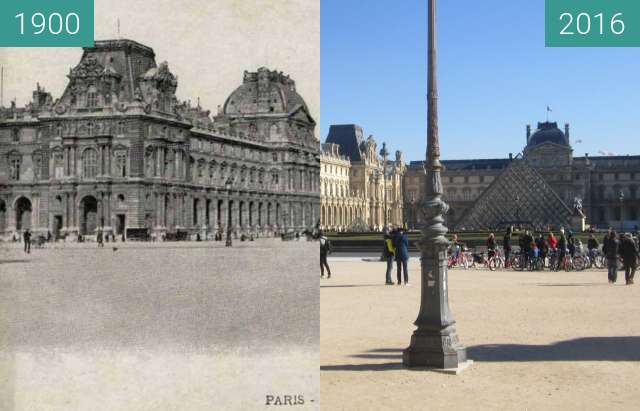
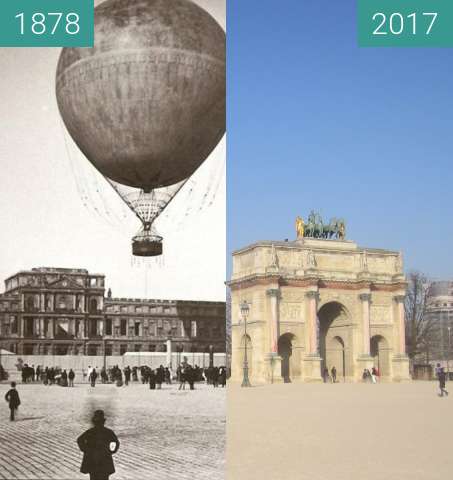
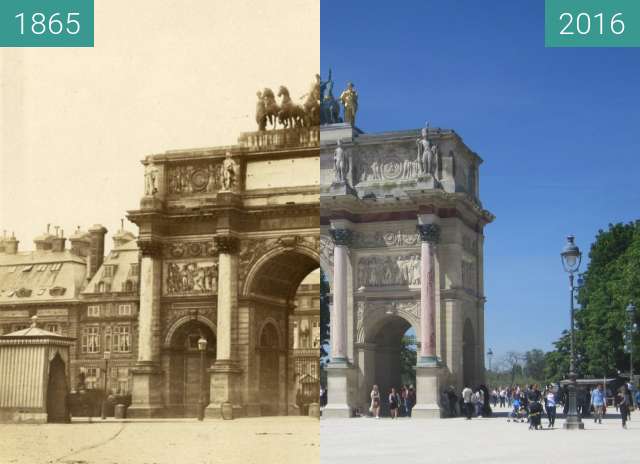

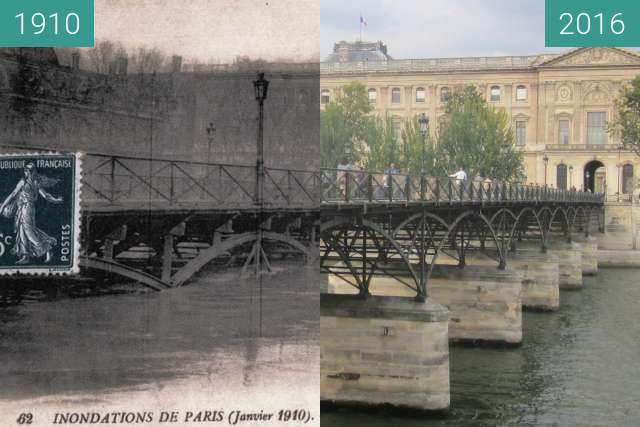
The empty Great Gallery in the Musée du Louvre during the First World War.
At the time of the great international tensions, the works of many French museums were brought to safety. Already in the First World War, the Musée du Louvre was partially evicted. Under the supervision of Paul Jamot, curator of the museum, they were packed in crates and brought to Toulouse. For four years (1914-1921), the famous works, such as the paintings of the Grande Galerie, remained hidden to the public.
Later, at the beginning of the Second World War, the museum would experience an even more extensive evacuation. According to a plan already conceived in 1938, the exhibits were brought to the castles of the Loire (for example Chateau de Chambord) to protect them from possible bomb attacks on the city.
Today, the Great Gallery houses paintings by famous Italian artists from the time of 1250-1800.
La grande galerie vide du musée du Louvre pendant la Première Guerre mondiale.
Au moment des grandes tensions internationales, les œuvres de nombreux musées français ont été mises en sécurité. Déjà dans la Première Guerre mondiale, le musée du Louvre avait été partiellement expulsé. Sous la direction de Paul Jamot, conservateur du musée, ils ont été emballés dans des caisses et emmenés à Toulouse. Pendant quatre ans (1914-1921), les œuvres célèbres, telles que les peintures de la Grande Galerie, sont restées cachées au public.
Plus tard, au début de la Seconde Guerre mondiale, le musée subirait une évacuation encore plus importante. Selon un plan déjà conçu en 1938, les objets exposés ont été amenés dans les châteaux de la Loire (par exemple le château de Chambord) pour les protéger d'éventuels attentats à la bombe contre la ville.
Aujourd'hui, la Grande Galerie abrite des peintures de célèbres artistes italiens datant de 1250-1800.